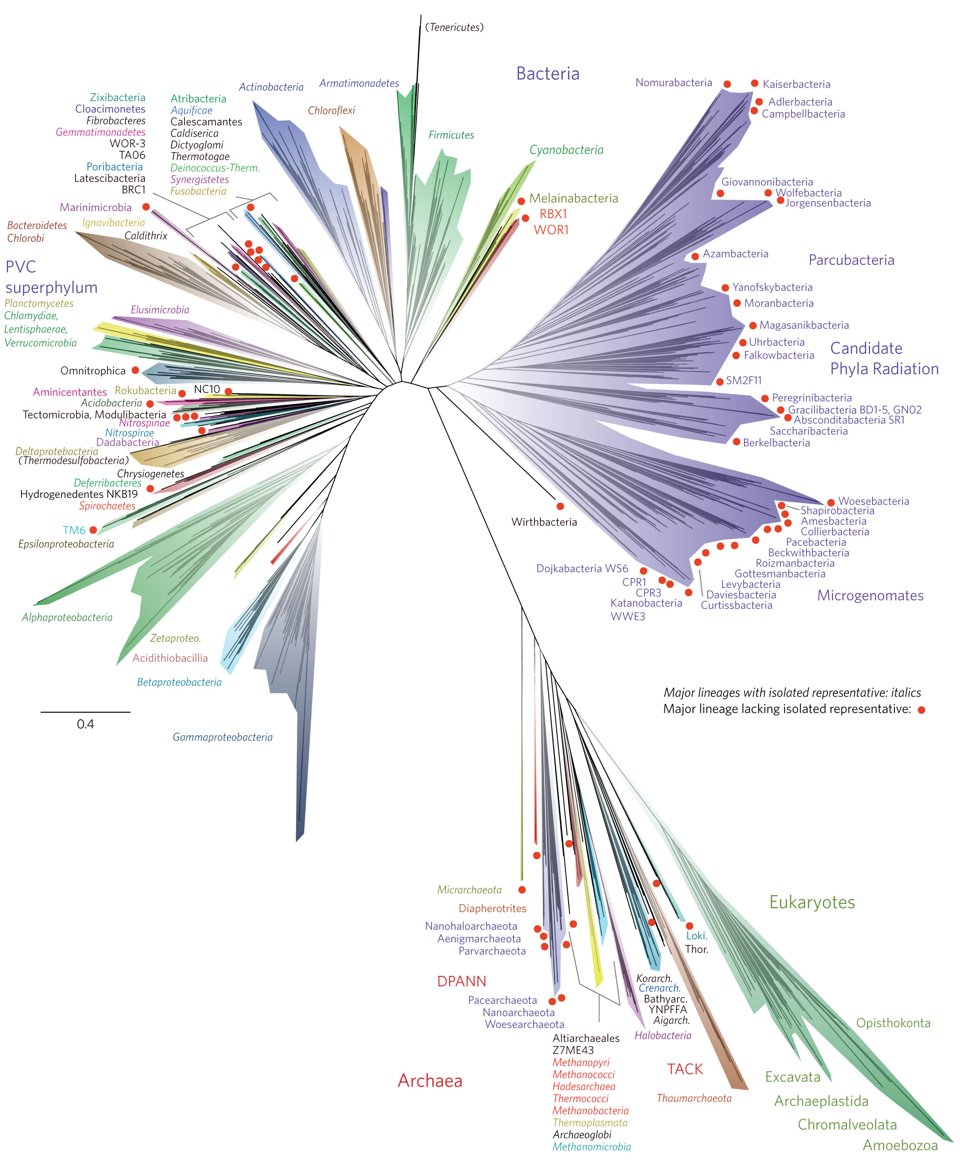What meteor?
Results 251 to 275 of 1595
Thread: Cool Science thread
-
03-08-2016, 08:50 AM #251
-
03-08-2016, 10:54 AM #252
i saw a commercial recently that showed people asking boys and girls to name inventors. They all named male inventors, and when asked to name a female inventor, couldn't. One girl commented "that's a hard one". It was pointed out that this is what's taught in school, and then they show a rapid fire succession of women inventors and the things they've invented.
-
03-08-2016, 11:10 AM #253
Yup. That was a Microsoft commercial. Made my wife tear up. Then the logo popped up and she was pissed at herself.
-
03-08-2016, 11:49 AM #254
-
03-08-2016, 07:25 PM #255
Honestly not having seen the commercial I cannot name a major female inventor off the top of my head. Hedy Lamar comes to mind due to her being discussed here not too long ago ... but Spread Spectrum tech isn't something most people think about when you hear "invention." There was that Navy Captain who pioneered coding and coined "bug" as well, but I can't remember her name.
-
03-08-2016, 07:45 PM #256
-
03-09-2016, 05:23 AM #257
 Head down, push foreword
Head down, push foreword
- Join Date
- Sep 2002
- Location
- OREYGUN!
- Posts
- 14,563
Farmers may have been accidentally making GMOs for millennia
We have been accidentally genetically engineering plants – and eating GMOs – for millennia.
That is the implication of a series of studies showing the ancient practice of grafting can allow even distantly related plants to swap all three kinds of genomes they possess.
“It’s genetic engineering done by mother nature,” says Ralph Bock of the Max Planck Institute of Molecular Plant Physiology in Potsdam, Germany.
Grafting involves transplanting part of one plant onto another so they fuse and continue to grow.
Advertisement
Farmers have been grafting plants for thousands of years to combine, say, a tree that bears delicious fruit with one that has disease-resistant roots. Grafting also occurs naturally, when branches press together.
Bock’s 2009 study showed that cells on either side of a graft could exchange chloroplasts – organelles that carry out photosynthesis and have their own small genome.
Then, in 2014, another study found that the entire nucleus of a cell, containing the main genome, could be transferred across grafts. The transferred nucleus can be added to an existing cell nucleus – fusing the two genomes and potentially creating a new species.
Triple whammy
Now a team led by Pal Maliga of Rutgers University in New Jersey has shown that cells also swap mitochondria – energy-generating organelles with a small genome of their own – across grafts.
And once entire mitochondria from one plant get into the cells of another, they mix their DNA with that of the existing mitochondria.
This means all three kinds of plant genome can be swapped via grafts.
There has been growing evidence from genome sequencing that plants sometimes exchange mitochondria, but this study is the first to show it actually happening.
To do so, Maliga’s team grafted one tobacco species onto another. One had a mitochondrial mutation that prevents the male parts of flowers developing normally.
Unintentional engineering
They then took slices from the sterile-male side of the grafts and grew whole plants from them. Some of these plants grew flowers with normal male parts, thanks to mitochondrial transfer between the two species.
Genome swapping only takes place close to the site of a graft, but new shoots often spring up in this region. These shoots can give rise to new plants with mixed genomes.
Because grafting has been widely used for millennia, it is highly likely that some of the plants we eat were created by this kind of unintentional genetic engineering by farmers, Maliga and Bock think.
Nobody has looked for evidence yet, says Maliga. “But I would be very surprised if people didn’t find any sign of this.”
Bock points out that many crop plants have more than two sets of chromosomes. Such polyploidy, as it is called, is usually attributed to genome duplication, but some cases could be evidence of genome exchange in grafted plants.
Nature blurring the lines
The idea that we have been unintentionally modifying plants by grafting will not be welcome to those who like to claim that grafting is very different to genetic modification.
“It is quite shocking to people,” Bock says. “It blurs the boundaries between man-made and natural genetic engineering.
These findings taken together could provide plant breeders with new tools to create novel traits and crops. Bock is already trying to use grafting to create new species, such as a tomato-chilli mix.
While it is possible to genetically modify chloroplasts and the nucleus, there has been no way of altering mitochondria in plants so far. Now the latest result offers a way to transfer traits encoded by mitochondrial genes, such as male sterility, to plants that lack them.
Sterile-male plants make it much easier and cheaper to cross strains of the same species to produce the vigorous hybrids prized by farmers and gardeners. If plants aren’t sterile-male, they can fertilise themselves and fewer of the seeds they produce will be hybrids. At present, the only way to prevent some plants self-fertilising is to remove the male parts of flowers by hand, which is very labour intensive.
Grafting is increasingly used for vegetable production, for instance to boost yields by using plant varieties with more vigorous roots. Some more unusual combinations are also becoming available, such as tomatoes grafted onto a potato root to create a crop that produces both.
https://www.newscientist.com/article...for-millennia/
-
03-24-2016, 12:34 PM #258
-
03-24-2016, 01:06 PM #259
 Head down, push foreword
Head down, push foreword
- Join Date
- Sep 2002
- Location
- OREYGUN!
- Posts
- 14,563
That is cool
-
03-30-2016, 07:34 PM #260
-
04-12-2016, 10:47 AM #261
-
04-12-2016, 11:03 AM #262
-
04-12-2016, 11:49 AM #263
-
04-12-2016, 01:32 PM #264
"Let's take some acid and lay perfectly still in an MRI tube for a few hours"...said no one, ever. I'm definitely not sure I would have volunteered for this. I wonder if anyone in the placebo group thought they were tripping balls.
Another cool one. Analysis of almost 600,000 human genomes found 13 healthy adults who should have devastating genetic diseases like cystic fibrosis.
http://arstechnica.com/science/2016/...ases-but-dont/
-
04-12-2016, 01:42 PM #265
Breakthrough Starshot
http://www.cbsnews.com/news/entrepre...lar-star-shot/
-
04-12-2016, 01:53 PM #266
-
04-12-2016, 02:10 PM #267
-
04-12-2016, 02:24 PM #268<p>
Aim for the chopping block. If you aim for the wood, you will have nothing. Aim past the wood, aim through the wood.</p>
-
04-12-2016, 03:35 PM #269
It would be simple to program where to aim itself to beam back data. Calculating the position of the Earth 24 years in the future is really pretty easy and very far down the list of the technical challenges facing the project. It's rad that someone is even proposing such an endeavor. Little microprobes like this are the future of space exploration.
-
04-12-2016, 04:24 PM #270
It's only rocket science. Well, celestial mechanics but still it's pretty resolved. We're still getting data back from Voyager. Though they might need repeaters at some point to get data back without too much loss.
Also I haven't read about the probe yet, but 20 years to go 4 light years? Seems ambitious. I think the current furthest manmade object is in the light hours range after longer than that.
-
04-19-2016, 12:32 PM #271
http://www.theatlantic.com/science/a...eirder/477729/

96-year old world record-holding sprinter who also wakeboards, rows and weightlifts: "I avoid sugar and eat lots of meat, especially fat. I've been on a fat trip lately. Fat! Piles of fat."
http://www.vice.com/en_ca/read/charl...-oap-on-planet
-
06-14-2016, 12:15 PM #272
How does fire burn in 0 gravity?
http://abcnews.go.com/Technology/nas...ry?id=39843400
A regular fire typically pulls in cool air from below as the fire heated air rises. However, without gravity to influence the rising of the air, it will be interesting to see how the fire spreads.<p>
Aim for the chopping block. If you aim for the wood, you will have nothing. Aim past the wood, aim through the wood.</p>
-
06-27-2016, 05:23 PM #273
Shubert and I never got along, but every once in a while that dilweed publishes some neat work. Smoke up!
http://www.salk.edu/news-release/can...m-brain-cells/Your dog just ate an avocado!
-
07-07-2016, 07:25 PM #274
 Been there, skied that.
Been there, skied that.
- Join Date
- Feb 2004
- Location
- Loveland, Chair 9.
- Posts
- 5,041
"We Found a Planet Twirling Between Three Suns"
http://www.popularmechanics.com/spac...th-three-suns/
Not quite as cool as I had hoped, it's actually tow stars twirling each other and one planets orbiting another sun going through the twirling sun's orbit but it still pretty cool when you play the video and the planets makeup is apparently pretty interesting.TGR forums cannot handle SkiCougar !
-
07-07-2016, 07:38 PM #275
 Funky But Chic
Funky But Chic
- Join Date
- Sep 2001
- Location
- The Cone of Uncertainty
- Posts
- 49,304


 Reply With Quote
Reply With Quote








Bookmarks